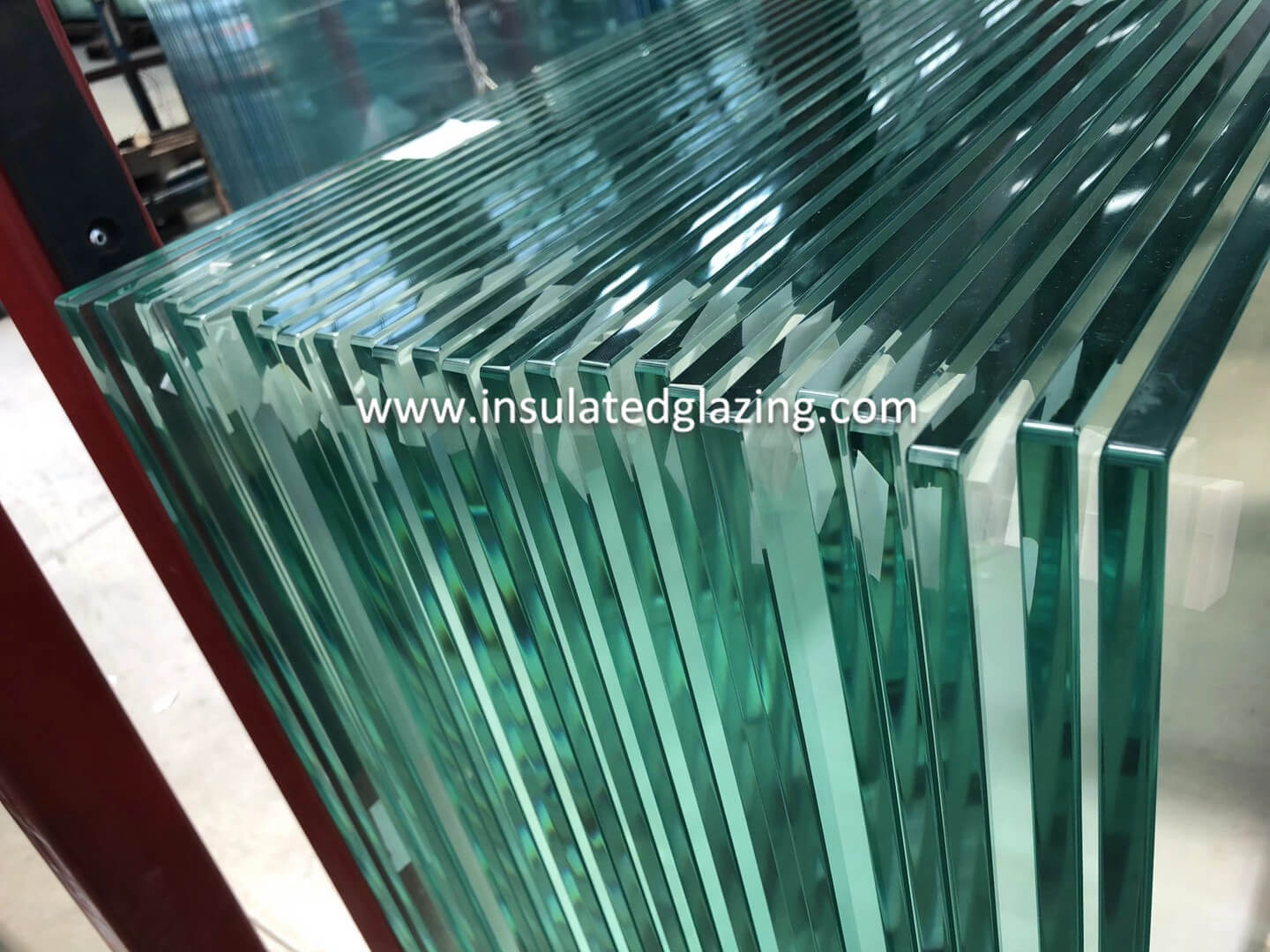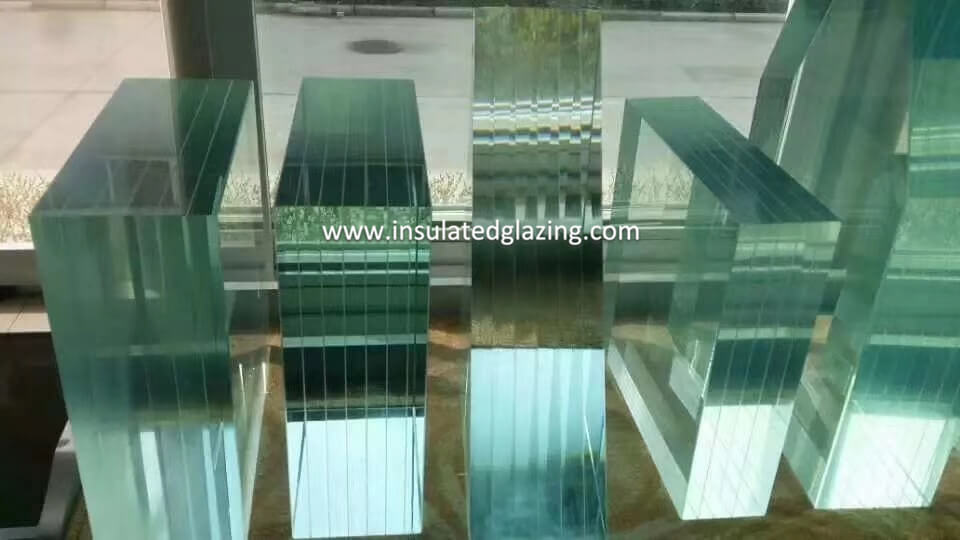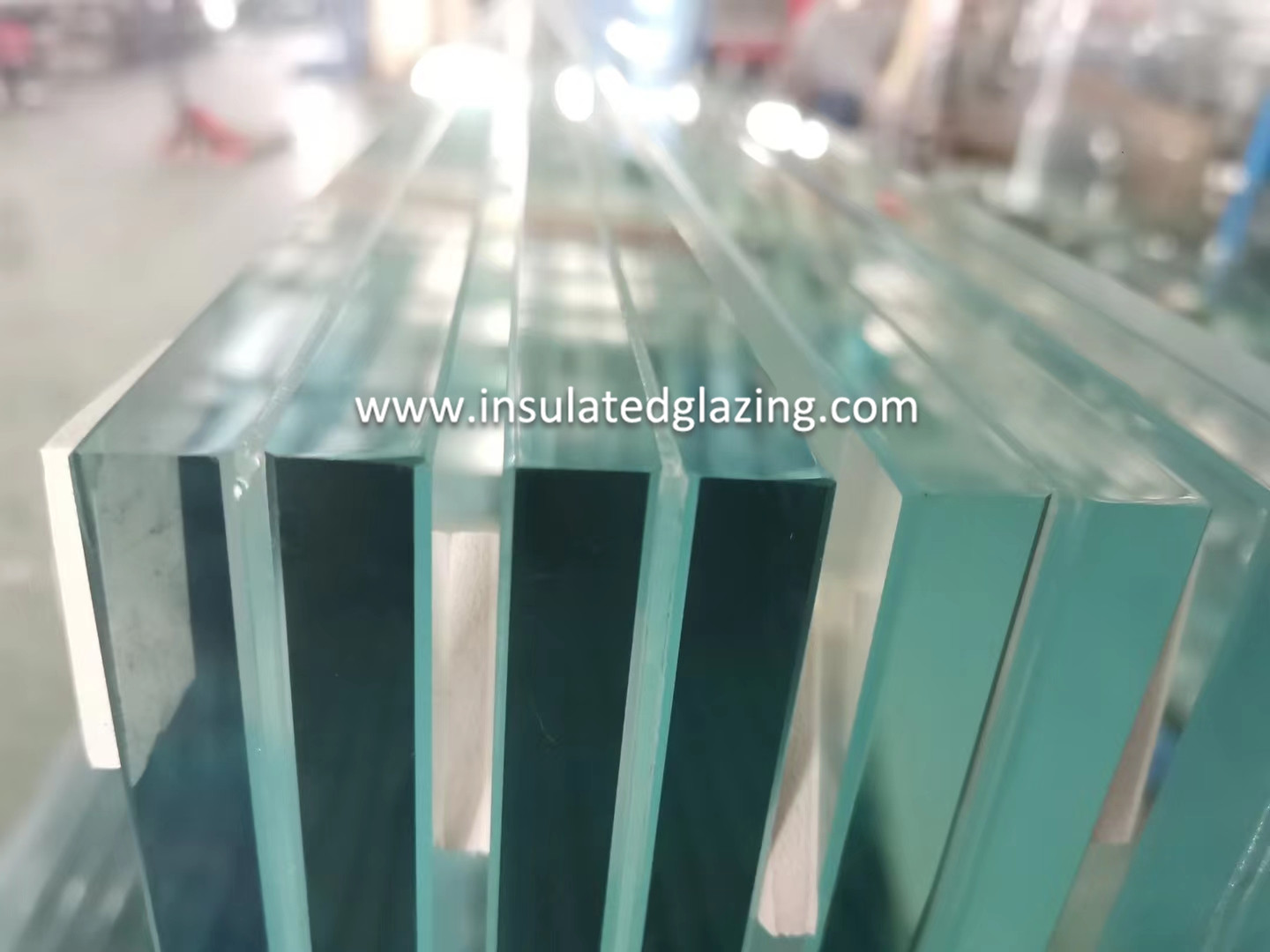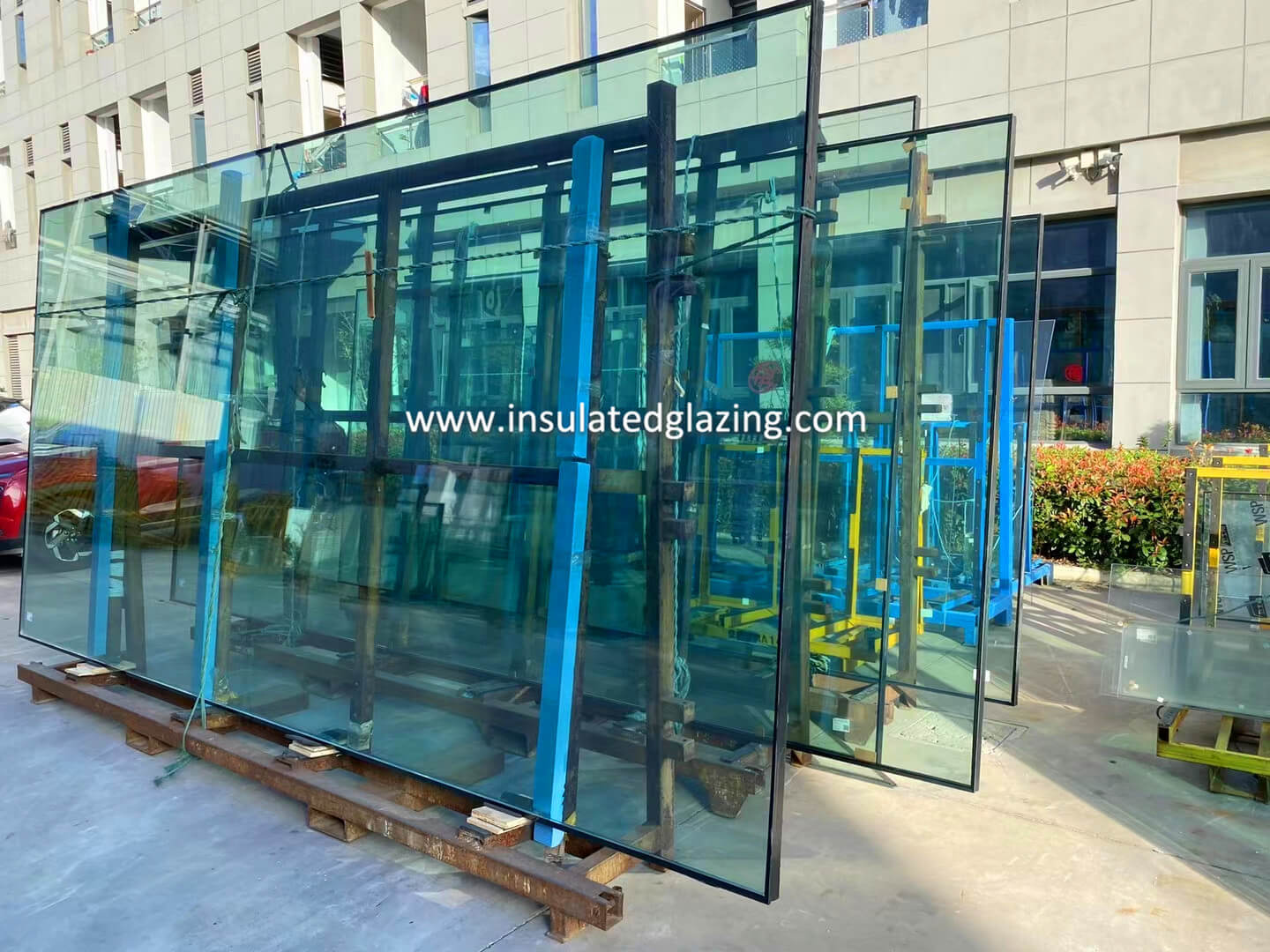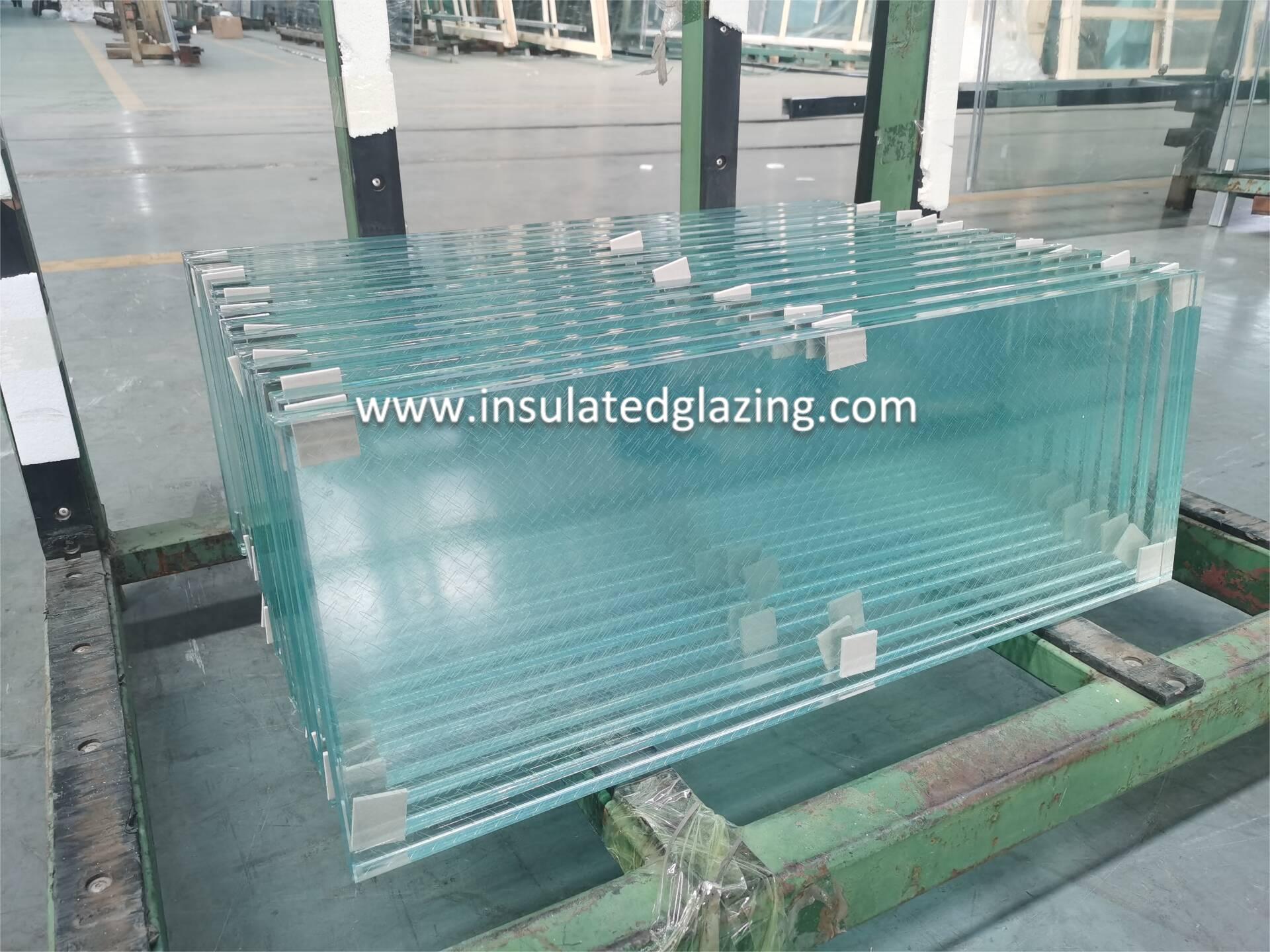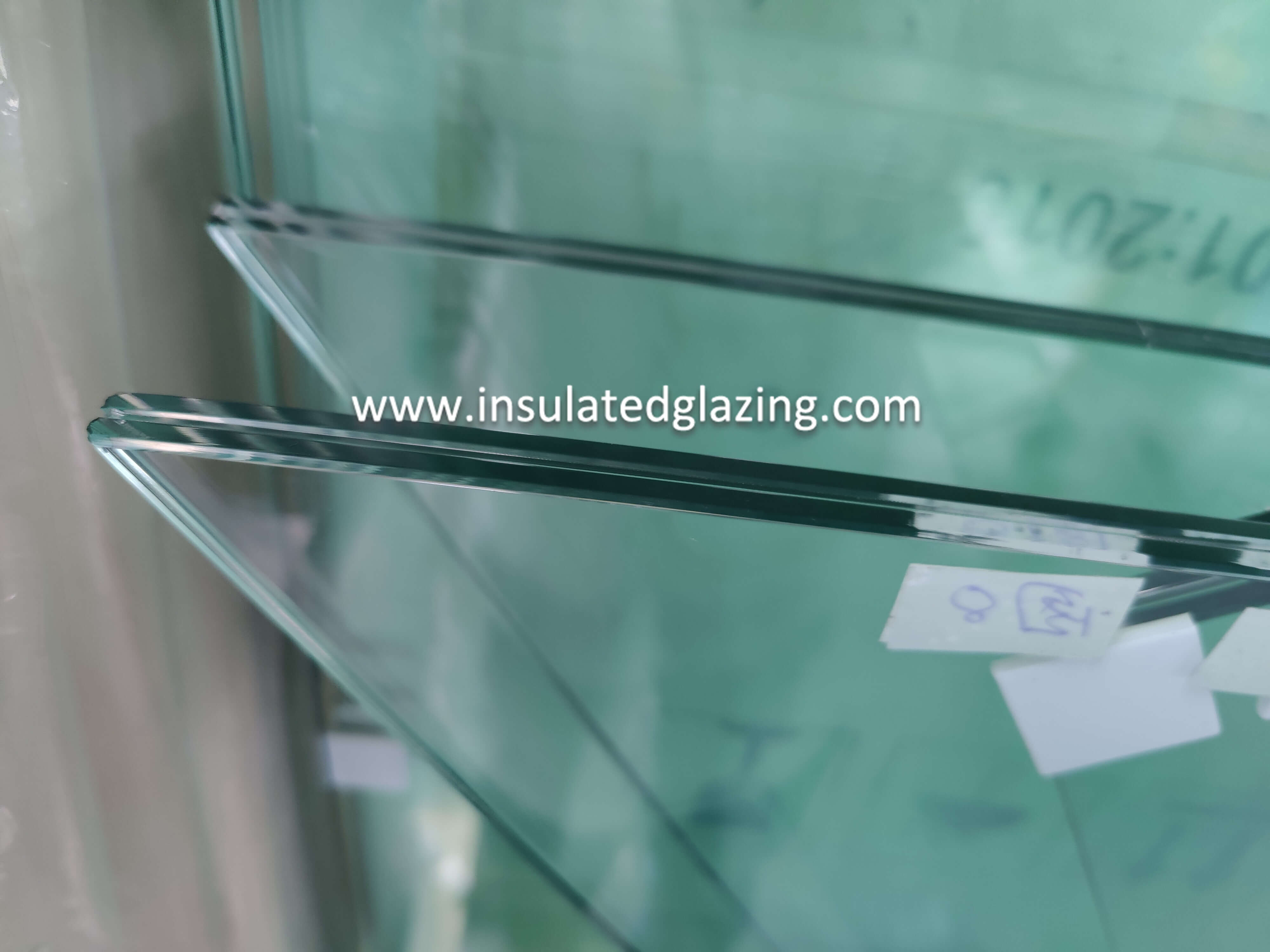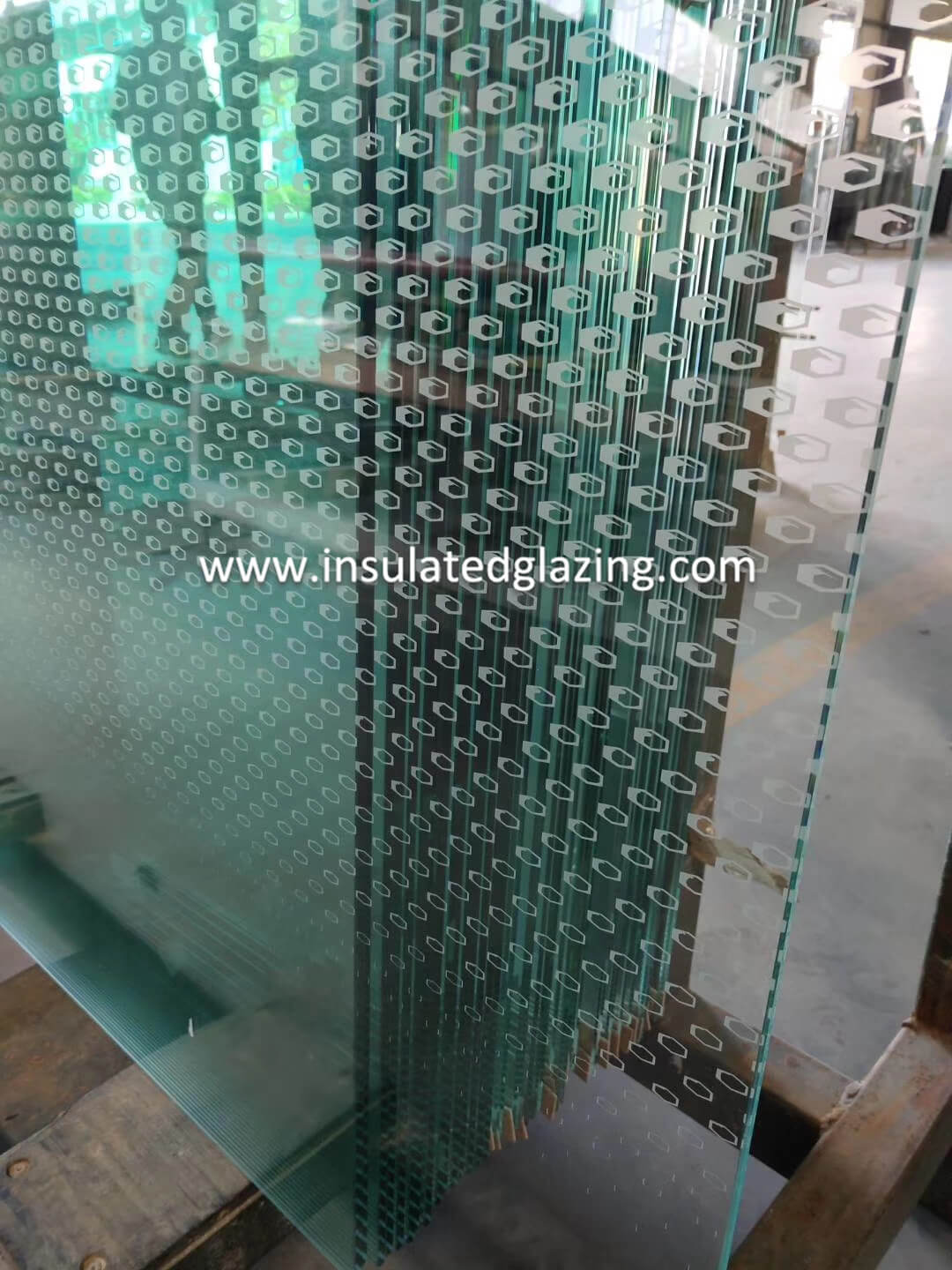
What is tempered glass?
Tempered glass is a type of glass with surface compression stress. It is also known as reinforced glass. The process of tempering glass to enhance its strength began in France in 1874. Tempered glass belongs to the category of safety glass. It is actually a type of pre-stressed glass, where chemical or physical methods are used to create surface compression stress, which helps the glass withstand external forces by first neutralizing the stress on the surface. This improves its load-bearing capacity and enhances its resistance to wind pressure, temperature changes, and impact. It is important to note that tempered glass is different from fiberglass.

What are the benefits of tempered glass?
Safety: When tempered glass is broken by external force, it shatters into small, blunt, honeycomb-shaped particles that are less likely to cause serious harm to the human body.
High strength: Tempered glass has 3-5 times the impact resistance and bending strength of ordinary glass of the same thickness.
Thermal stability: Tempered glass has good thermal stability and can withstand temperature differences three times greater than ordinary glass. It can withstand temperature changes of up to 300℃.
What are the disadvantages of tempered glass?
Tempered glass cannot be cut or processed after tempering. It can only be shaped and processed before the tempering process.
The surface of tempered glass may have slight unevenness (wind spots) and a slight reduction in thickness. The thinning occurs because the glass is rapidly cooled after being heated and softened, causing the crystal gaps inside the glass to shrink and the pressure to increase, resulting in a thinner glass after tempering.
Architectural flat glass that has undergone physical tempering in a tempering furnace may have deformations, which depend on the equipment and the skills of the technicians.
Although tempered glass is stronger than ordinary glass, there is a possibility of spontaneous breakage (self-explosion), while ordinary glass does not have this risk.

What are the causes of tempered glass self-explosion?
There are various reasons for tempered glass self-explosion, including:
Self-explosion caused by quality defects:
(1) Presence of stones, impurities, or bubbles in the glass: These impurities weaken the tempered glass and become stress concentration points. Stones, especially when located in the tensile stress zone of tempered glass, are a significant factor leading to explosion. Stones in the glass have different expansion coefficients compared to the glass body. After tempering, the stress concentration around the stones increases significantly. When the expansion coefficient of the stone is smaller than that of the glass, the tangential stress around the stone is in tension. This makes it easier for cracks associated with the stone to propagate.
(2) Presence of nickel sulfide crystals in the glass: Nickel sulfide inclusions generally exist as small crystalline spheres with diameters ranging from 0.1 to 2 mm. They appear metallic in appearance. These inclusions, specifically Ni3S2, Ni7S6, and Ni-XS (where X=0-0.07), are the main causes of spontaneous breakage in tempered glass.
(3) Surface defects caused by improper processing or handling, such as scratches, chips, or deep edge explosions, can lead to stress concentration and self-explosion of tempered glass.
Self-explosion caused by uneven or shifted stress:
During the production process of tempered glass, uneven heating or cooling along the thickness of the glass can result in uneven stress distribution, leading to self-explosion.
Self-explosion caused by excessive tempering:
In general, the higher the degree of tempering, the higher the probability of self-explosion in tempered glass. Each increase in tempering degree increases the self-explosion probability by 20% to 25%.

How to prevent tempered glass self-explosion?
Apply a high-performance polyester film, also known as safety explosion-proof film, to the glass. The safety explosion-proof film can be connected to the frame system with organic adhesive, forming a glass film protection system to effectively prevent the harm caused by self-explosion of tempered glass.
Perform heat soaking treatment by placing the tempered glass in a heat soaking furnace, heating it to a temperature of 290℃±10℃, and maintaining it at a constant temperature for a period of time.
How to visually identify tempered glass?
Polarized lens identification: Wear polarized sunglasses and observe the glass. Tempered glass should show colored stripes or patterns on the surface, while ordinary glass does not. When viewed with the naked eye under light, tempered glass may have a bluish tint.
Check for markings: When purchasing products, check for the tempered logo.
Feel the surface for curvature: Tempered glass may have a slightly uneven surface compared to ordinary glass. When you touch the surface of tempered glass with your hand, you may feel unevenness. Observe the longer edges of the tempered glass, and you may notice a certain degree of curvature. According to the GB15763.2-2005 standard, the maximum allowable bowing for flat tempered glass should not exceed 0.3%, and the maximum allowable waviness should not exceed 0.2%. When two larger pieces of tempered glass are placed together, the curvature becomes more apparent.
Usually, the trademark on the glass is printed with high-temperature ink, so it can be determined that it is tempered glass unless the trademark can be easily scraped off.
To determine if it is tempered glass, stand it upright and observe the reflections on the glass. When viewed from different angles, there should be regular wave-like distortions in the reflections, indicating that it has been tempered.
If there is extra glass available, you can break a piece. The fragments should be small granular pieces without large sharp fragments, indicating that it is tempered glass.
WE WILL REPLY YOU IN 24 HOURS.

